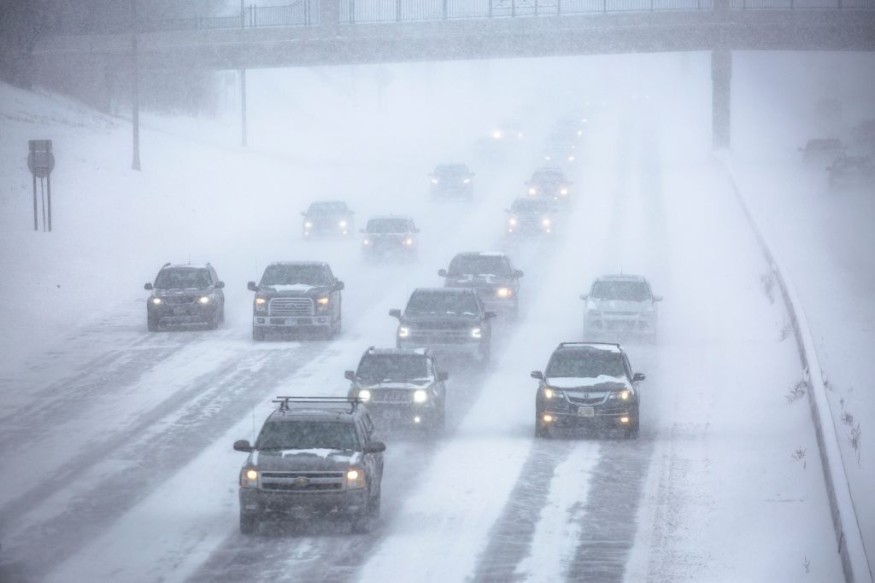A blizzard caused travel chaos in North Dakota as heavy snow with gusty winds and whiteout conditions struck the state.
Blizzard warnings remain in effect in several counties in central-eastern North Dakota, as well as in north-central South Dakota and northwestern Minnesota.
The intensified snowstorm comes in the form of a winter storm as the end of the fall season draws near to welcome the winter season.
Northern Plains Blizzard

Blizzard conditions in the Northern Plains have allowed the possible continuance of a winter storm, packed with heavy snow, sleet, and freezing rain, in portions of the region and the Upper Midwest until Friday, November 11, according to the National Weather Service (NWS) - Weather Prediction Center (WPC).
In its latest short-range forecast on Thursday, November 11, the NWS - WPC mentioned that the blizzard in the north occurs after Hurricane Nicole battered Florida and is expected to bring powerful winds, storm surge, and heavy rain across the southeastern region of the country.
AccuWeather meteorologists initially forecasted that travel conditions quickly deteriorated as the blizzard quickly dropped along the Interstate 94 (I-94) corridor in North Dakota, prompting the North Dakota Department of Transportation (NDDOT) issued 'no travel advisories' along a portion of I-94.
Also Read: Severe Weather Outbreak: Massive Blizzard to Possibly Hit Continental US, Threatening Millions
What is a Blizzard?
A blizzard is a storm with large precipitation of snow or blowing snow, with winds greater than 35 miles per hour (56 kilometers per hour), and visibility of less than 0.25 mile (0.4 kilometer) of at least three hours, according to the NWS, as cited by the University Corporation for Atmospheric Research (UCAR).
In summary, blizzard is an intensified snowfall with heavy winds occurring in a prolonged period of time.
Blizzard conditions normally occurs on the northwest side of a powerful storm system, which produces ample snow while generating strong winds because of variations in pressure between the low pressure of the storm and the high pressure outside the storm.
The weather hazards associated with a blizzard, such as snowstorm and freezing temperatures, can dangerous for travel due to whiteout conditions.
US Blizzards
Blizzard, being a dangerous weather event, can cause not only frigid temperatures and howling winds but also decreased visibility; this is why meteorologists accurately forecast atmospheric conditions and provide the public with timely warnings, according to the National Geographic.
The warning system of the NWS helps meteorologists determine if atmospheric conditions whether should be classified as a typical winter weather, a snowstorm, or a severe blizzard, Nat Geo added.
With this road travel can be hazardous as a blizzard can cover vehicles with a thick pack of snow.
Flights are also at risk since heavy snow can reduce air visibility.
In the United States, blizzards commonly transpire in the northern portion of the North American country, particularly in the upper Midwest and the Great Plains.
It also occurs in most parts of the country except for the Gulf Coast and the coast of California, according to UCAR.
The research institution added that there are three elements or ingredients that a blizzard needs in order to form: below-freezing cold air, moisture, and very cold air.
Based on previous reports, blizzards in the US occur prior, during, and even after the winter season, which approximately spans from December to February each year, as in the case of the first blizzard of the season that struck North Dakota this week.
© 2025 NatureWorldNews.com All rights reserved. Do not reproduce without permission.





